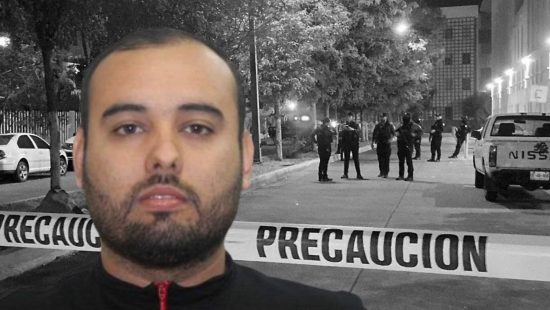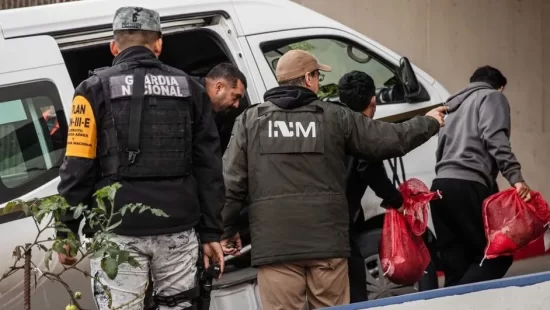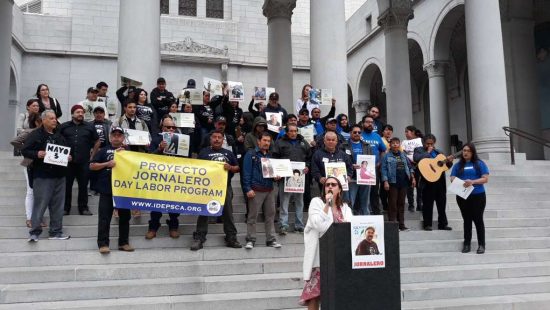The estimated cost of the cable car project that would transport people from Union Station to Dodger Stadium has increased in the latest report recently released, along with questions from Chinatown residents who oppose the idea.
The most recent figure is $385 to $500 million, according to the L.A. Art firm, created by former Dodgers owner (and still owner of the parking lots around the stadium) Frank McCourt, who promotes the project as a way to alleviate traffic in the city. The reason for the increase? Inflation and rising construction costs.
“From our perspective, it’s probably closer to $500 million,” said Phyllis Ling from the Stop the Gondola Coalition, a community group trying to halt the plan.
“In 2018, when they first proposed it, it was $125 million. They repeated that figure as much as they could,” Ling added. “In 2020, they raised it to $300 million.”
Ling has lived in Los Angeles’ Chinatown for seven years. According to the project’s design, a tower about 98 feet high (as tall as an eight-story building) with two motors to pull the cable car cabins would be placed in front of her house, flying over homes at about 40 feet high.
Ling, who launched a website to inform her neighbors about the project, as well as a petition to stop it, has many questions about the plan, including its financing.
L.A. Art states on its website that “the project will be completed and operated with private funds” from bonds funded by revenues generated by the plan, such as sponsorships and ticket sales.
However, this doesn’t convince Ling.
“They say it will be free for people attending Dodgers games and that those living in the immediate area of the project can use it for the price of taking public transportation,” she explains. “It remains to be seen if they can really afford it with that.”
Another question is, who will use the cable car when there are no games?
The plan is for the project to be operational for the 2028 Los Angeles Olympics, although the stadium is not among the sports venues selected for the global competition.
So, Ling sees it as an attraction for tourists drawn to the event and not a real solution to traffic and pollution problems in the area, as its proponents promise.
She also believes the plan could pave the way for real estate development in the Dodgers’ parking lots.
“This could accelerate gentrification in our neighborhood, increasing rents and displacing people,” says Ling.
Furthermore, she thinks many of her neighbors might not want to stay in the area once the project construction begins—which would last for two years.
Before the first stone is laid, the Environmental Impact Report of the project must be released, and then the community will have 30 days before Metro—the Los Angeles transportation agency—votes on whether to proceed with the plan or not.
It will be the first time since February 2023 that people can give their opinion on the project, which claims it would be imposed on a low-income community, regardless of their opinions.
“The proponents (of the plan) say it’s okay to fly over them, but it will be very close to the houses, and that seems unfair and insensitive. They wouldn’t impose it on a wealthy neighborhood,” says Ling.
A Cable Car Divides Los Angeles: “It’s a recipe for disaster” click here to sign petition
MEETING
On Thursday, November 2, from 7 p.m. – 9 p.m., there will be a public meeting about the project on Zoom.
Zoom Link
Call in: 669 900 9128
Meeting ID: 813 4905 4038
Passcode: 796583








